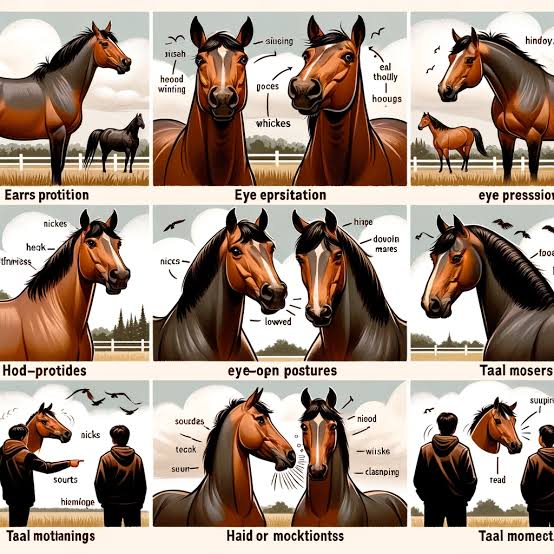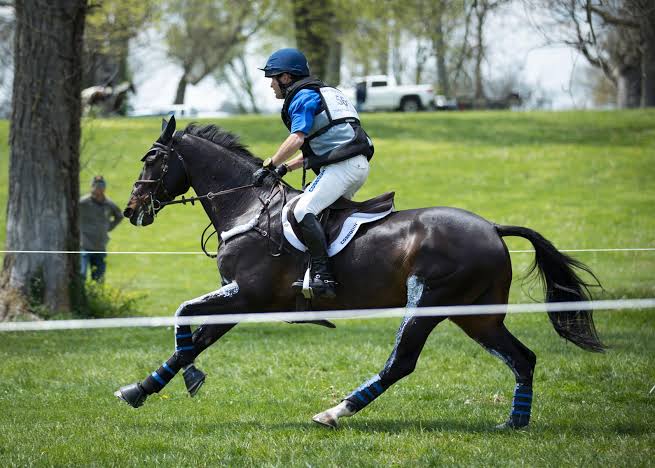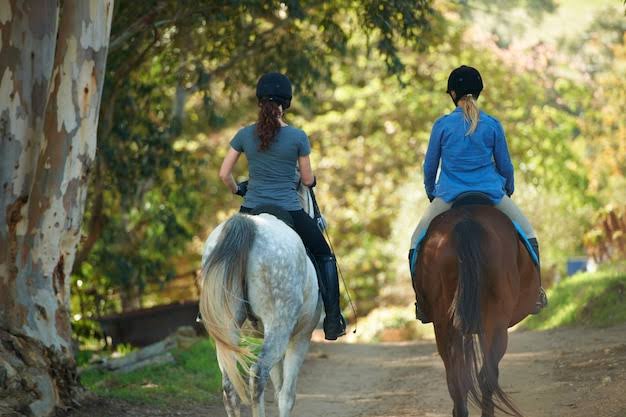Discover expert tips for safe horse riding, including the best gear, training advice, and safety practices. Learn how to minimize risks and enjoy a safer riding experience.
Top Tips for Safe Horse Riding
Quick Answer: To ride a horse safely, prioritize proper gear, understand the horse’s behavior, ride in a suitable environment, maintain good posture, and ensure proper training. Always stay alert and practice safety measures to minimize risks and injuries.
Proper Gear: The First Step to Safety
1. Helmet:
Wearing a certified riding helmet is non-negotiable. Helmets reduce the risk of head injuries, which are among the most severe types of equestrian accidents. According to the American Association of Neurological Surgeons, head injuries account for approximately 20% of all equestrian-related injuries.
2. Appropriate Footwear:
Sturdy, heeled boots are recommended to avoid foot entrapment in stirrups. The heels should be about 1 inch to prevent your foot from sliding through the stirrup, ensuring you maintain proper control.
3. Protective Vest:
Body protectors or vests are highly recommended, particularly in disciplines like eventing or jumping. They can significantly reduce the severity of injuries during falls.
4. Gloves and Proper Clothing:
Gloves improve grip on the reins, while comfortable, flexible clothing, such as riding pants, will help you maintain control over your movements and improve comfort.
Understanding Horse Behavior and Body Language

1. Assess the Horse’s Temperament:
Before mounting, assess the horse’s mood. Horses are highly sensitive creatures that can react to external stimuli. Some horses may be more prone to anxiety or aggression, so understanding their body language is crucial for your safety.
2. Maintain Control of the Horse:
Ensure that the horse is calm and that you have full control of the reins. A horse that is difficult to control could pose a higher risk to you and other riders.
3. Avoid Riding an Unfamiliar Horse Alone:
If you are unfamiliar with the horse, always ride with an experienced rider who knows the horse’s behavior.
Riding in the Right Environment
1. Choose Safe Riding Areas:
Ride in designated, safe areas free of traffic or obstacles. Riding in an enclosed area, such as a riding arena or a fenced trail, minimizes distractions and reduces the likelihood of accidents.
2. Weather Considerations:
Avoid riding in poor weather conditions. Wet or windy weather can make the horse more unpredictable and increase the risk of accidents. For example, wet ground may make it difficult to control the horse, especially in cases of sudden movements.
3. Riding in Groups:
Riding with others can provide added safety, especially for beginners. Group riding allows for immediate assistance in case of an emergency.
Mastering Riding Posture and Control
1. Correct Seat and Posture:
Ensure you are sitting properly in the saddle, keeping your back straight and your shoulders relaxed. Avoid leaning forward, as it may unbalance both you and the horse.
2. Keep Your Hands Steady:
Hold the reins with steady hands, avoiding jerky movements. Sudden pulls can startle the horse and make it difficult to steer.
3. Focus on Balance:
Develop your core strength to maintain balance while riding. This will help you remain steady in the saddle, even in unexpected situations. Maintaining good balance reduces the risk of falling off the horse.
Training and Skill Development
1. Take Professional Riding Lessons:
Seek out professional instruction to learn how to handle a horse effectively. A qualified instructor will teach you essential riding techniques, horse care, and safety protocols.
2. Progress Gradually:
Start with basic riding skills and slowly progress to more complex maneuvers. Jumping, trotting, and cantering should only be attempted once you have mastered the basics.
3. Regularly Review Safety Practices:
Even experienced riders should take the time to refresh their safety knowledge regularly. This includes emergency protocols, first-aid techniques, and ensuring the horse’s equipment is properly maintained.
Horse Riding Safety Statistics
- Accidents and Injuries:
According to a study by the National Electronic Injury Surveillance System (NEISS), approximately 14,000 injuries related to horseback riding are reported annually in the United States. This makes horseback riding one of the most dangerous recreational activities.
Head Injuries:
A study published in the Journal of Neurosurgery reveals that about 50% of equestrian accidents involve head injuries, with helmets reducing the risk of such injuries by up to 70%.
Common Injuries:
Sprains, fractures, and concussions are some of the most common injuries sustained while riding horses. Wearing the right protective gear can significantly reduce these injuries.
Key Takeaways for Safe Horse Riding
- Wear appropriate gear like helmets, boots, and vests to reduce injury risks.
- Understand horse behavior and ensure proper control before riding.
- Ride in safe, familiar environments and avoid hazardous weather conditions.
- Maintain good posture and balance during rides for better control and safety.
- Continue training and practicing safety techniques, even as an experienced rider.
For more information on horseback riding safety, check out resources from The British Horse Society and The American Equestrian Federation.
By incorporating these top tips into your riding practice, you’ll greatly reduce the risk of accidents and enhance your overall riding experience. Always remember: safety should always come first, no matter your skill level.


